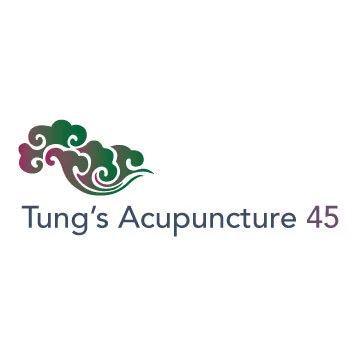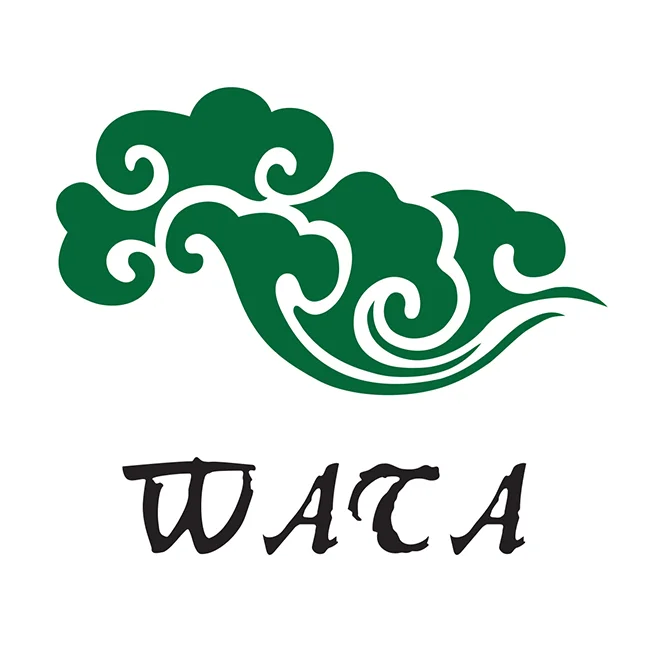6: Why do Jing-well points of Yang channels begin with phase/element metal; Yin channels with phase/element wood?
/The sequences of the Five Phases of the five transport points on yang channels and yin channels are different and are greatly related to clinical applications, hence one must memories them well. In the Classic of Difficulties, the 64th Difficulty: “The yin Jing-wells are wood; the yang Jing-wells are metal; the yin Ying-springs are fire; the yang Ying-springs are water; the yin Shu-streams are earth; the yang Shu-streams are wood; yin Jing-rivers are metal; yang Jing-rivers are fire; the yin He-seas are water; the yang He-seas are earth.” That is to say the Five-Phase sequence on the yin channels is Jing-well wood, Ying-spring fire, Shu-stream earth, Jing-river metal, He-sea water; on the yang channels Jing-well metal, Ying-spring water, Shu-stream wood, Jing-river fire, and He-sea earth.
But why do yin Jing-well points start with wood and yang Jing-well points with metal? There are many articles related to this question, but they seem not grasping the essential points. According to my researches, I believe that is decided by the attributes (nature) of the Five Phases. Metal and water belong to yin for they are sinking, heavy and down bearing; wood and fire belong to yang for they are floating, light, and up bearing. Hence the nature (qi and quality) of the Five Phases decide the channel directions of going upward or downward; as well as the five-phases of the Five-Shu points of yin and yang channels.
The locations of Zang Fu may further explain the channel directions. The area above diaphragm is Yang. Lung and Heart both locate above diaphragm and hence their channel pathways travel above, along the hands/arms. Their exterior-interior channels Large Intestine and Small Intestine follows them and hence travels along hands. Spleen, Liver, and Kidney all locate below the diaphragm. Their channels also travel the lower part of body, along feet/legs. Their exterior-interior channels, Stomach, Gall Bladder, and Bladder channels follows them and travel along the feet/legs.
Secondly, according to the Shi Chen (traditional 12 two-hour periods) flowing sequence of the Zang Fu channels, which starts at yin shi (3:00am~5:00am) and ends at chou shi (1:00am~3:00am), every Shi Chen corresponds to one channel or Zang Fu. Lung channel corresponds to yin shi; large intestine to mao shi; stomach to chen shi; spleen to si shi; heart to wu shi; small intestine to wei shi; urinary bladder to shen shi; kidney to you shi; pericardium to xu shi; san jiao to hai shi; gall bladder to zi shi; liver to chou shi. The qi and blood of every channel is at its peak at and waning after its Shi Chen.
Yin, wu, xu, three combine to form fire (yin-wu-xu fire 3-unity); hai, mao, wei, three combine to form wood; si, you, chou, three combine to form metal; shen, zi, chen, three combine to form water. Lung (yin), Heart (wu), and Pericardium (xu), the three hand yin channels combine to form fire; San Jiao (hai), Large Intestine (mao), Small Intestine (wei), the three hand yang channels combine to form wood. Because wood and fire are light, up bearing and floating, they belong to yang. Hence those channels travel upper part of body through hands. Spleen (si), Kidney (you), Liver (chou), the three foot yin channels combine to form metal; Urinary Bladder (shen), Dan (zi), Stomach (chen), the three foot yang channels combine to form water. Because metal and water are sinking and down bearing, which belong to yin, hence those channels travel lower part of body through feet.
The circulation of hand and foot three yin and three yang channels of TCM manifest the mutual assistance between yin rising and yang sinking, which is in correspondence with the theory of Yi (Classic of Changes). In the theory of Yi, Kun gua is earth, belongs to yin and its position is in the lower; Qien gua is heaven, belongs to yang and its position is in the upper. The earth qi rises and the heaven qi sinks, by which the earth and the heaven moves toward each other and the greatness or the peaceful and prosperous times (Tai gua) can be formed. The heaven and the earth are the macro cosmos while human body is the micro cosmos. “Yin rising and yang sinking” symbolizes the Heaven and Human Unity, the earth and the heaven in communication to form the greatness (Tai), or the upper and the lowers’ mutual assistance or interaction. Try stand with both of your hands raised up to the head and review the foot three yin channels travel from foot to chest; hand three yin channels from chest to hands, hand three yang channels from hand to head; foot three yang channels form head to foot, which manifest the spirit of yin rising and yang sinking. Because wood and fire are light, up bearing and rising, the five transport points of the uprising yin channels start from wood and fire; because metal and water heavy, sinking and down bearing, the five transport points of the down bearing yang channels start with metal and water.
Yin opposites to yang; Firmness opposites to yieldingness; Yang is firm and yin is yielding; metal is firm and wood is yielding; firmness and yieldingness mutual assistance. Yang Jing-wells are metal and yin Jing-wells are wood. According to the Five-Phase relationships, metal counter-controls wood. The yang Jing-wells are geng metal; the yin Jing-wells are yi wood. Yi and geng however is a matching (he). Just like yin and yang although opposite to each other, but mutually assist each other and constitute the “husband and wife” relationship. The rest four phases could be applied the same way: Jia Ji matching, Bing Xin matching, Ding Ren matching, Wu Kui matching. Yin and yang are self-generating, but mutually controlling. Although mutually controlling, they are mutually promoting too. The “controlling within generating” relationship implies the meaning of Cybernetics.












今年 2020 為 董公景昌博士逝世45週年,為紀念 董公傳授絕學之用心,讓董氏針灸更加發揚,特舉董景昌逝世四十五週年紀念學術大會。